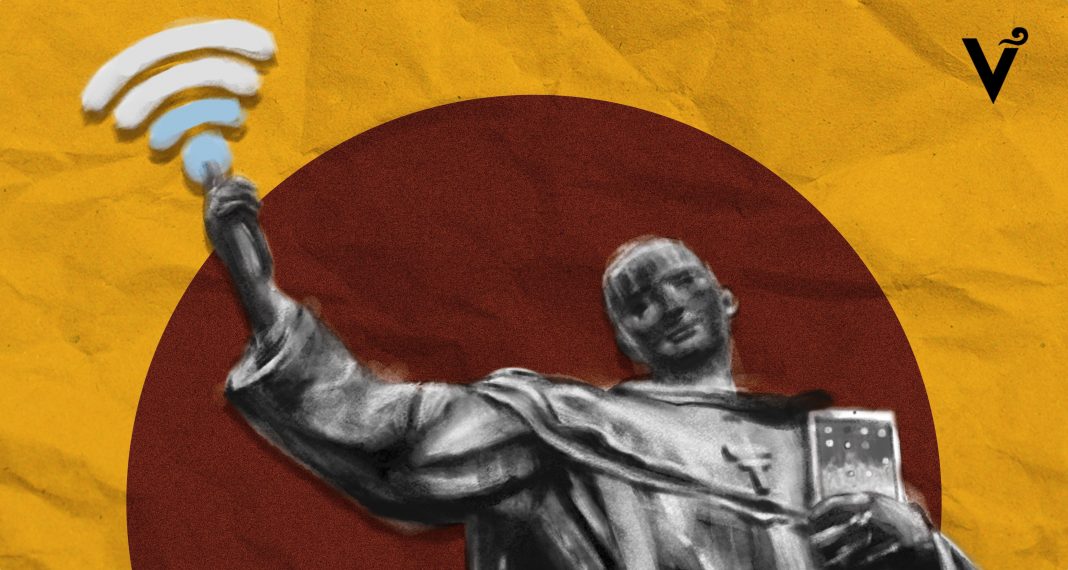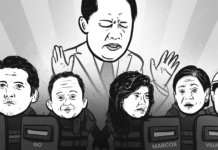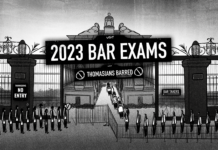Considering all the goodly motives and our lowered expectations, and no matter how much it’s taking to run it, the switch to “enriched virtual mode” is an opportunity to rethink and get better.
Born out of our venial Covid-19 cluelessness and frantic struggles in the middle of the previous term and through a vanished summer break that followed, the University’s total online shift is running like it’s been set up to just help everybody get by. We get that. We all – administrators, professors and students – just really have to admit to that, for our mutual absolution, to be able to take a good look, optimize and think ahead better, and because it’s useless pointing digital arrows at each other, especially at this harrowed time.
Already pushed to our virtual corners by a worldwide pandemic and given the current economics and other extracurricular uncertainties, we have no option but to salvage whatever is left of the school year and make the most out of what the current circumstances allow and move forward — through and beyond our electronic screens. We have to make this work.
A total shutdown of an admittedly faulty educational system may be defeatist and heave more dark clouds of despair over a season of dwindling scholastic faith. Despite all the flaws and the madness, it may still be wiser to try a few tweaks here and there. Nobody really wins in a default, because nothing gets tested and proven. Too, nobody can just ignore the fact that more than half the current crop of students come from the initial batches of the K-to-12 system that, for good or bad, has already delayed their tertiary education by two years.
After a decade and a half of an e-learning program and other Thomasian digital pursuits, and now in the middle of a quarantined school year, where are we and where are we headed?
It doesn’t help that some professors, for either a lack of essential millennial skills or a dearth of talent or effort, relegate synchronous classes to readathons of their PowerPoint presentations and copy-pasted materials. Asynchronous arrangements don’t fare any better, as students are required to just read and study slides and other materials that can be Googled anyway. Online classes, as the Central Student Council president Robert Dominic Gonzales recently told the Commission on Higher Education, had become a “compliance issue rather than a learning matter.”
To take all the adjustments as simply a desperate measure to survive in the name of academic implementation is short-sighted. If such perceptions and attitudes persist, the program and instructional lapses and other woes so far, like the terrible virus that caused them, will decimate a year already blighted by a plague of natural and man-made calamities.
As technology is evolving very fast, adaptation in education is crucial. A 2018 LinkedIn projection, for example, indicated that around 85% of the jobs that present-day students will be doing in 2030 “have not been invented yet.” Continuing and forward-looking instruction is mandatory in preparing and conditioning a workforce for the demands of the future. Those that are primarily involved in the system and its workings should optimize and allow for more flexibility, look much farther, and work even smarter.
Education, like most other domains under what the World Economic Forum refers to as the “fourth industrial revolution,” is being reimagined. Traditional instructional and learning methods are ever being challenged amid changing environments and technological capabilities. Like it or not, education is taking the digital highway and slowly abandoning the brick-and-mortar establishments of the past.
We have to think and work past survival mode and keep an eye on the learning curve that can be drawn up out of the current experience. It’s not and never should be a one-and-done school year. There’s a lot to learn.

















